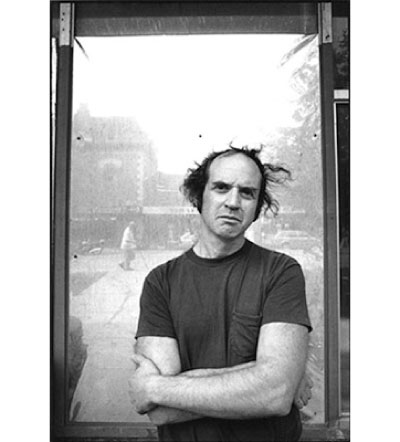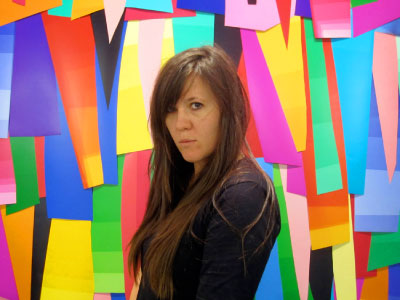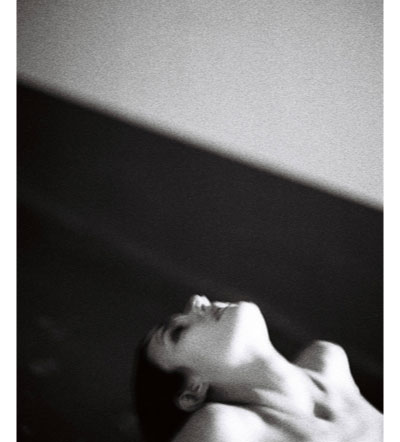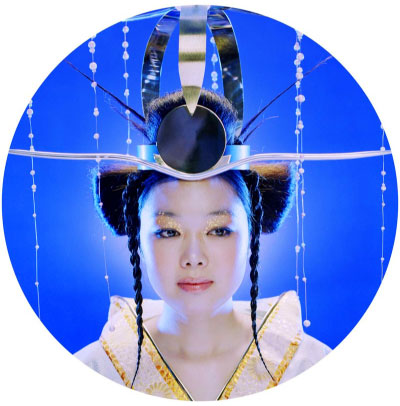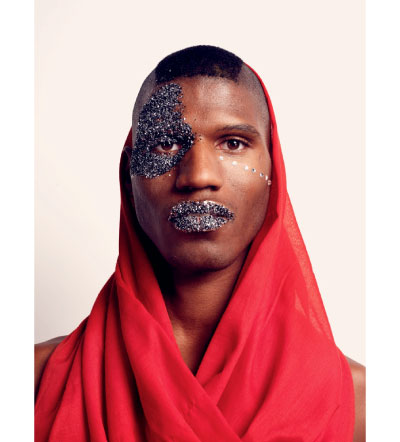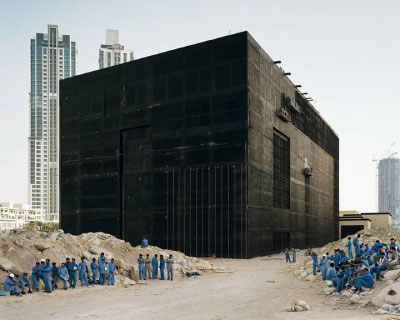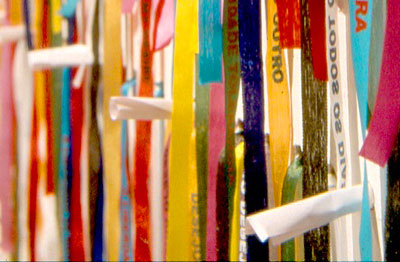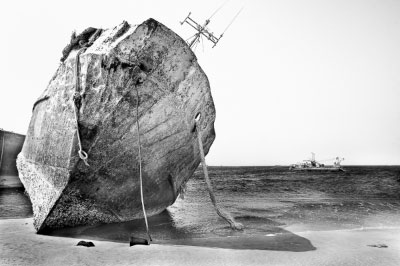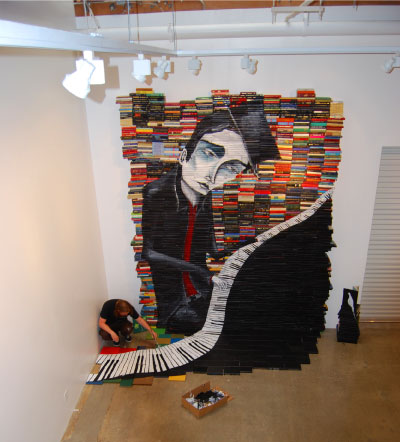
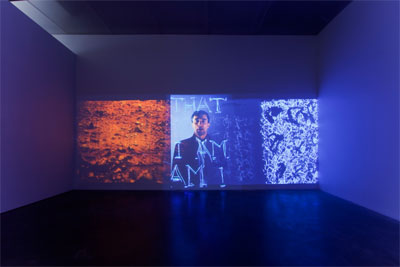
Installation views of Brion Gysin: Dream Machine. Photography by Naho Kubota. (Click images to enlarge)

Chances are you’ve never heard of Brion Gysin, an artist who for forty years literally did it all. Not only did Gysin paint, write, perform, and compose poems, he did it all simultaneously, experimenting and redefining as he went. Nowadays, this kind of multi-faceted, genre-crossing talent is rare. But the rebellious British artist, born in 1916, was seemingly born to invent — fusing the un-fusible in art, culture, and language.
New York’s New Museum is finally paying Gysin the respect he deserves with a new show, Brion Gysin: Dream Machine. Though Gysin was a shaping force of collage, sound works and uncategorized collaborations up until his death in 1986, Dream Machine is the first stateside retrospective of his work. Curated by Laura Hoptman, the exhibition is well wrought and includes more than 300 drawings, books, photo-collages, paintings, films, slide projections, and sound works. A daylong poetry marathon will be held on September 25 with John Giorno, Anne Waldman, and Monica de la Torre among others. Most thrilling, however, is the show’s eponymous centerpiece, an original, working Dreamachine, also known as the trippy, flickering light sculpture that stimulates trance-like visions when your eyes are closed. Conceived with the help of mathematician/computer whiz Ian Sommerville, the machine projects light at a frequency corresponding to alpha waves in the human brain during wakeful relaxation. This piece is exceedingly notable because it represents the culmination of everything Gysin believed in and worked for: to free images from their representation and by extension, alter the way people see and think.
(more…)




 Facebook
Facebook Permalink
Permalink Digg
Digg Reddit
Reddit LinkedIn
LinkedIn StumbleUpon
StumbleUpon Tumblr
Tumblr
